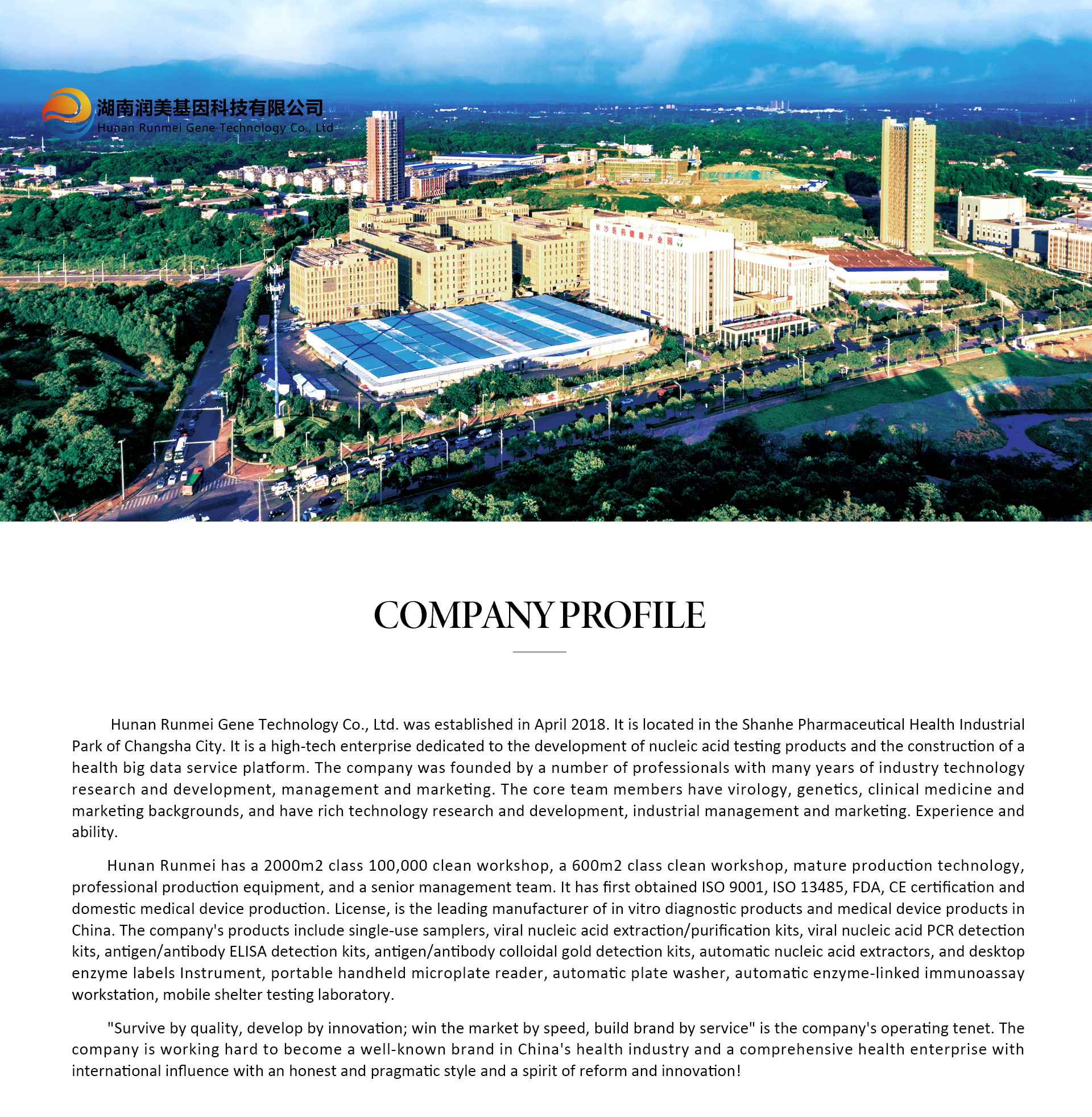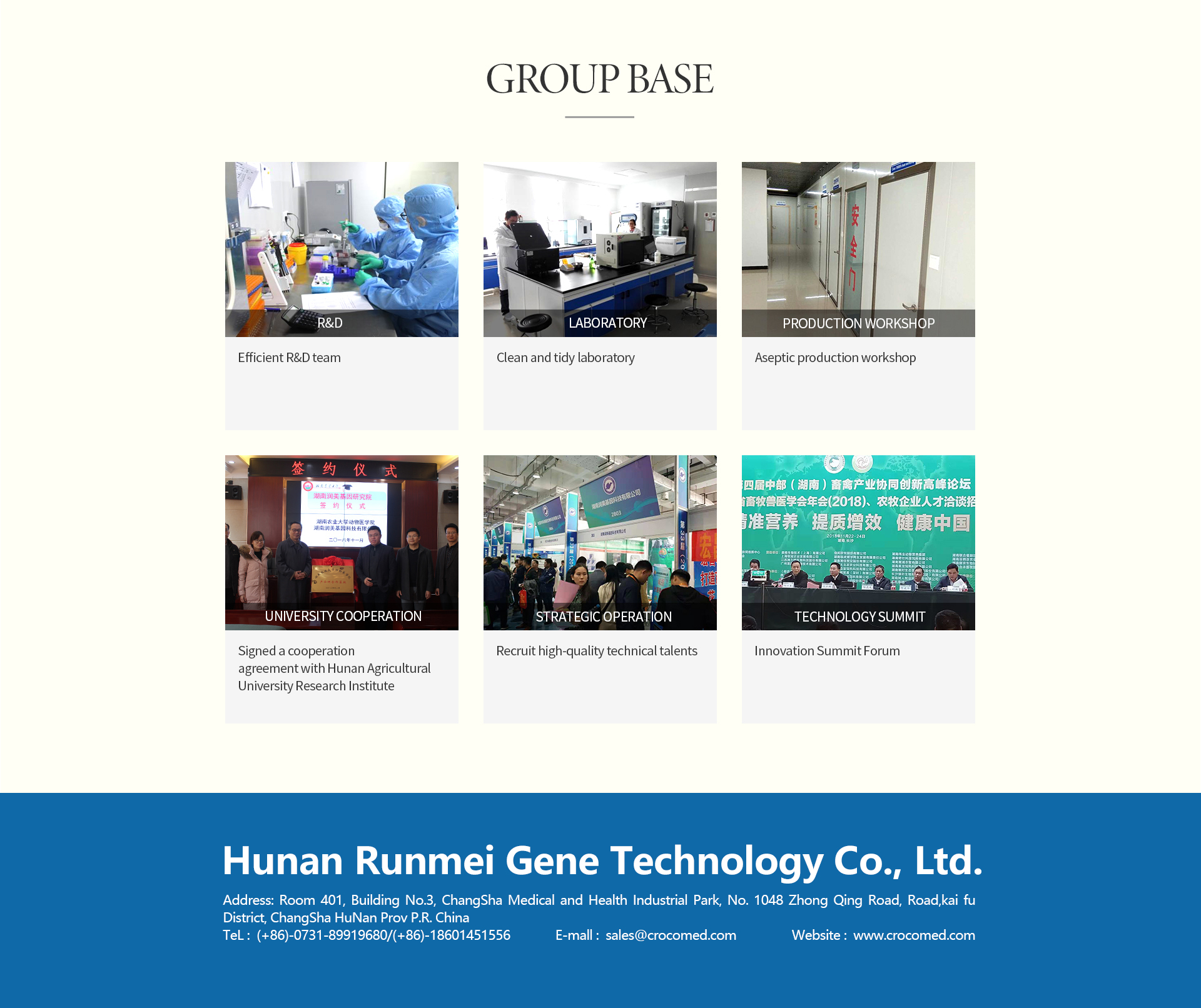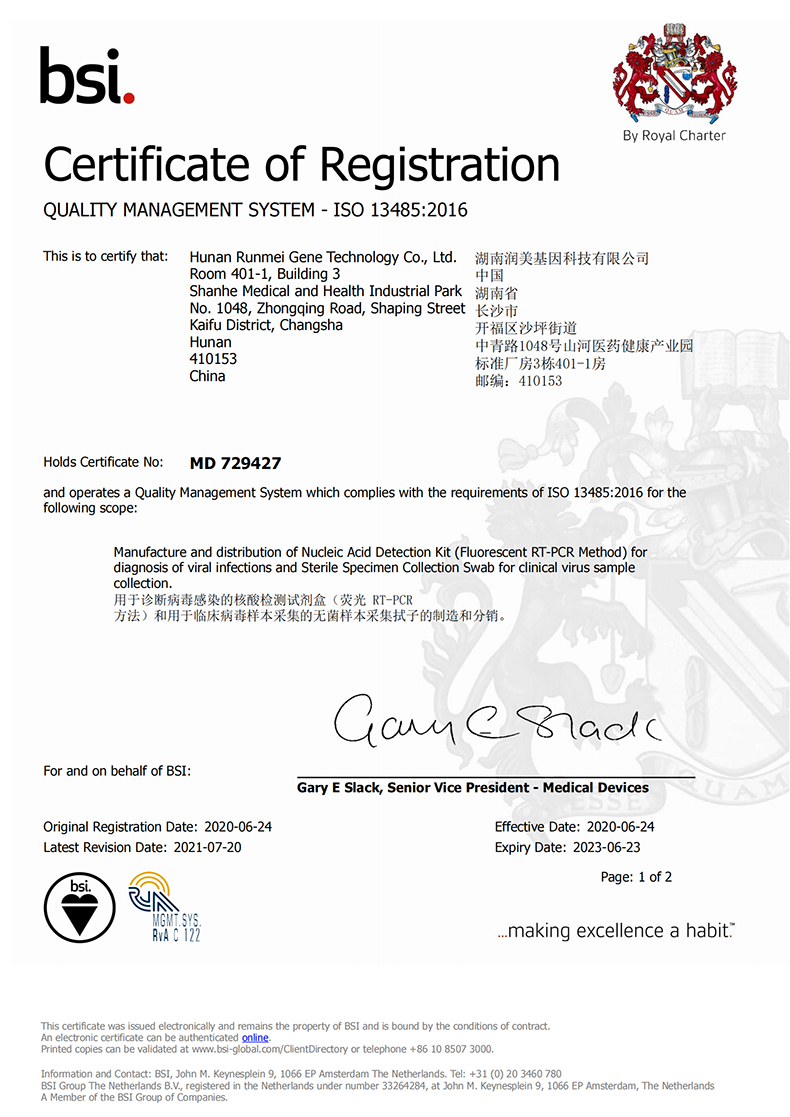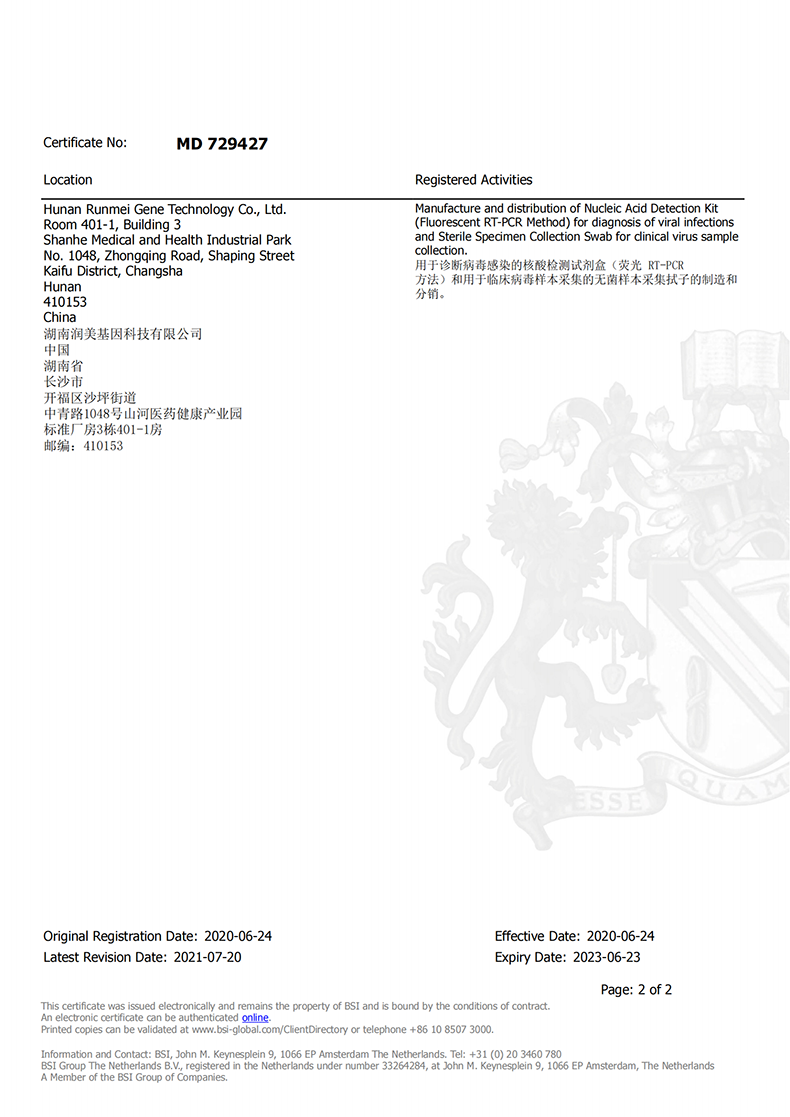Technical Specifications
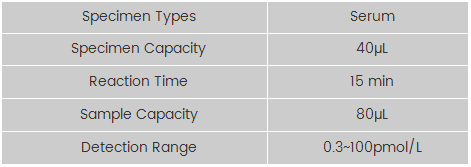
Product Advantage
Independent packaging to solve the problem of validity after opening
Simple operation and fast response
Clinical significance
✔ to help evaluate thyroid gland function
✔ to help diagnose thyroid disease
✔ to monitor effectiveness of thyroid treatment
✔ sometimes a free T4 is used to help diagnose congenital hypothyroidism in newborns
Intent use
Outpatient department, emergency department, endocrinology department, obstetrics and gynecology department, physical examination center
Reference
1. Kronenberg HM, Melmed S, Polonsky KS, et al. Williams Textbook of Endocrinology. Saunders Elsevier, Philadelphia, 12th edition, 2011, chapter 10, p. 301-311.
2. Robbins J, Rall JE. The interaction of thyroid hormones and protein in biological fluids. Recent Prog Horm Res 1957;13:161-208.
3. Oppenheimer JH. Role of plasma proteins in the binding, distribution and metabolism of the thyroid hormones. N Engl J Med 1968;278(21):1153-1162.
4. DeGroot LJ, Larsen PR, Hennemann G. Transport of thyroid hormone and cell uptake. The thyroid and its diseases. Wiley and Sons, New York, 1984:62-65.
Ekins RP. Measurement of free hormones in blood. Endocr Rev 1990;11(1):5-46.
Product Description
-
Introduction
Thyroxine (T4) is the main thyroid hormone secreted into the bloodstream by the thyroid gland. Together with triiodothyronine (T3) it plays a vital role in regulating the body's metabolic rate, influences the cardiovascular system, growth and bone metabolism, and is important for normal development of gonadal functions and nervous system[1]. T4 circulates in the bloodstream as an equilibrium mixture of free and serum bound hormone. Free T4 (fT4) is the unbound and biologically active form, which represents only 0.03% of the total T4. The remaining T4 is inactive and bound to serum proteins such as thyroxine binding globulin (TBG) (75%), pre-albumin (15%), and albumin (10%)[2-5]. The determination of free T4 has the advantage of being independent of changes in the concentrations and binding properties of these binding proteins; additional determination of a binding parameter (T - uptake, TBG) is therefore unnecessary. Thus free T4 is a useful tool in clinical routine diagnostics for the assessment of the thyroid status.
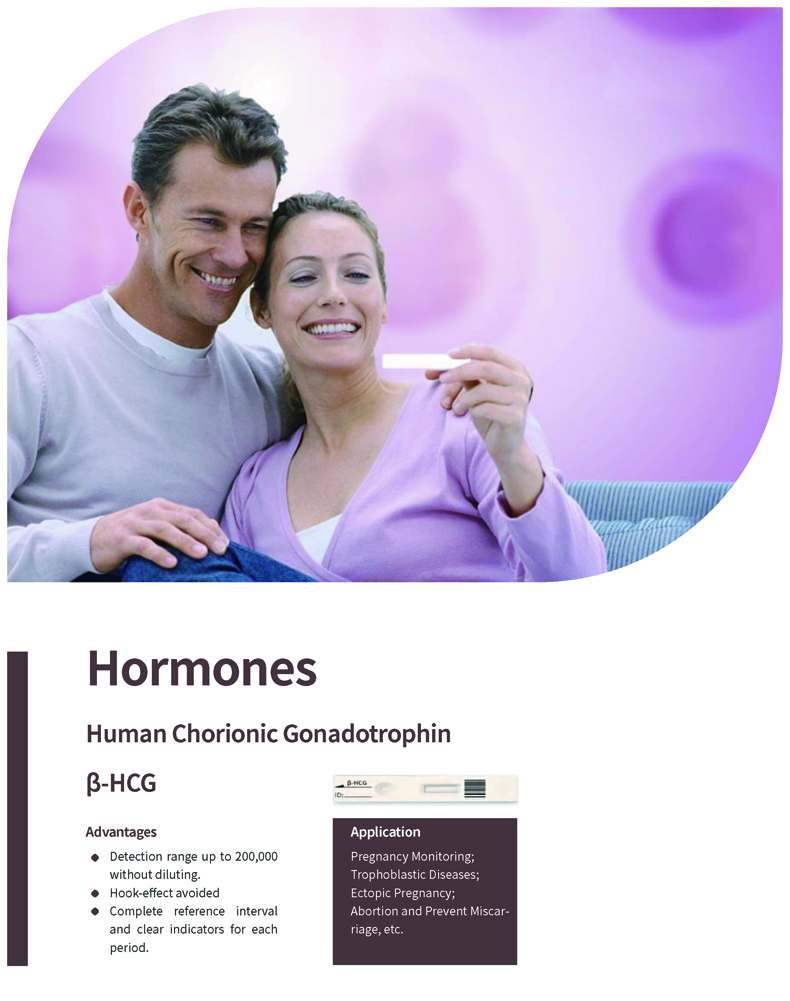
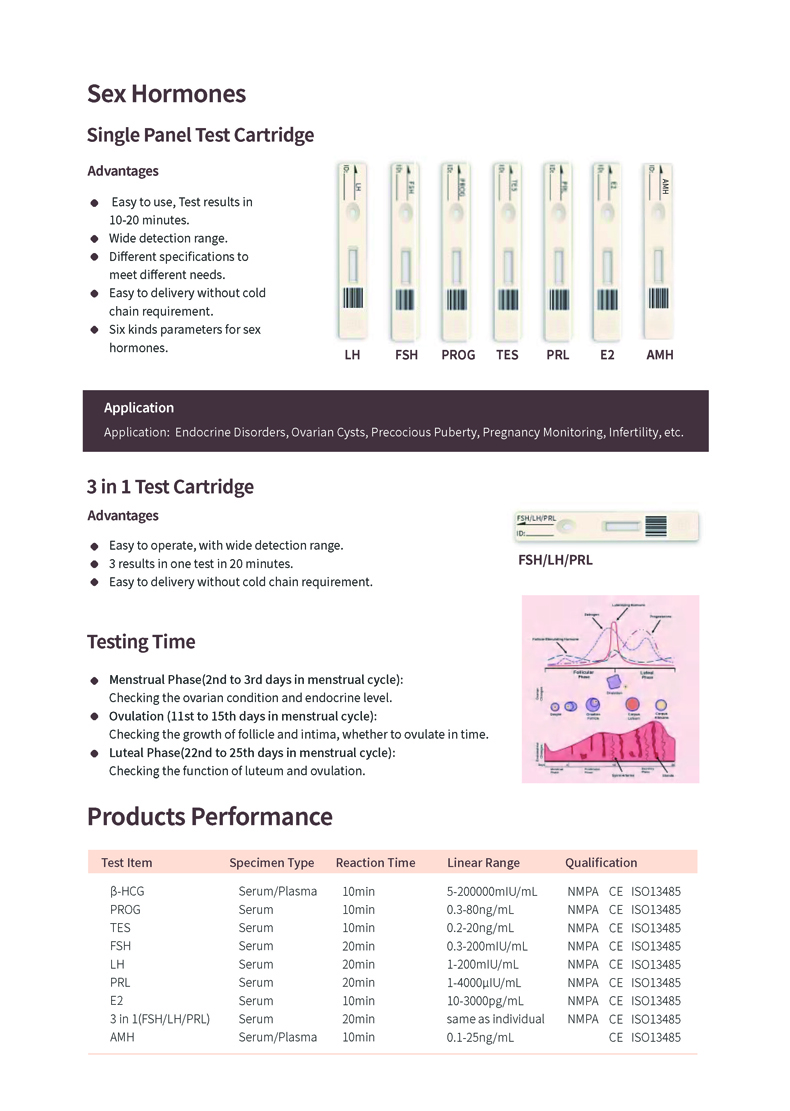
FAQ
-
1.We are based in Guangdong, China, start from 2021,sell to Africa(30.00%),South Asia(15.00%),Mid East(10.00%),Domestic Market(10.00%),North America(5.00%),South America(5.00%),Eastern Europe(5.00%),Southeast Asia(5.00%),Oceania(5.00%),Eastern Asia(5.00%),Western Europe(5.00%),Central America(5.00%),Northern Europe(5.00%),Southern Europe(5.00%). There are total about 51-100 staffs in our office.
2. How can we guarantee quality?
Always a pre-production sample before mass production;
Always final Inspection before shipment;
3.What can you buy from us?
Test kit,In Vitro Diganositc,Disposable Samplers,Rapid test kits,Swab
4. Why should you buy from us not from other suppliers?
We focus on producing virus nucleic acid detection kits, Disposable samplers, IGG/IGM rapid test kit, PCR test kit etc.The products approved CE, FDA, SGS, ISO13485.More than 200 staffs, 10 production line.
5. What services can we provide?
Accepted Delivery Terms: FOB,CFR,CIF,EXW;
Accepted Payment Currency:USD,EUR,HKD,CNY;
Accepted Payment Type: T/T,Credit Card,PayPal, Western Union,Escrow;
Language Spoken:English,Chinese,Spanish,Japanese,Portuguese,German,French,Russian,Korean
6.Can I have samples of this goods to test the quality?
Yes, free sample is available.
7.What's the delivery time and can you lower the price?
It depends on your order. The delivery time is within 3-4 days. If you have large quantities,the price and delivery time can be negotiable.
8.Can I customize the packaging and the logo?
Yes, we could offer customized logo for you.
9.What's the shipping method?
We often use DHL, FedEx, UPS, TK,EK,LH to ship our products.
10. The PCR test kit is required to be stored at a temperature between -25 degrees Celsius and -15 degrees Celsius. How did you do it?
Most of our PCR detection reagents are transported in an incubator, and the temperature can be maintained at -20 degrees Celsius for about 12 days, which can fully meet the general air transportation time limit.



